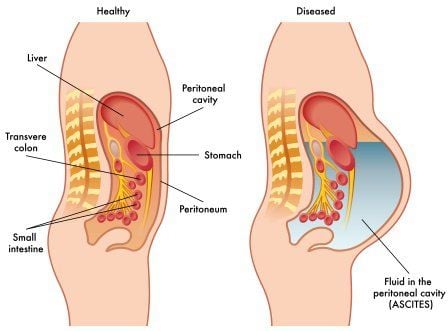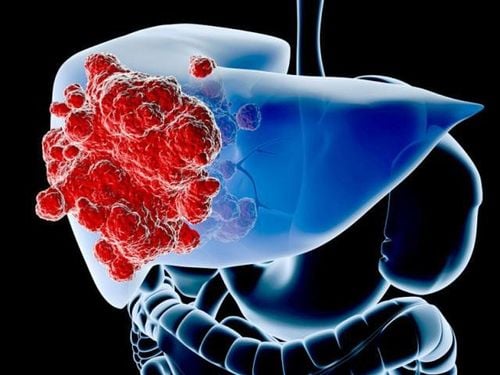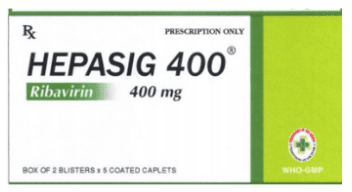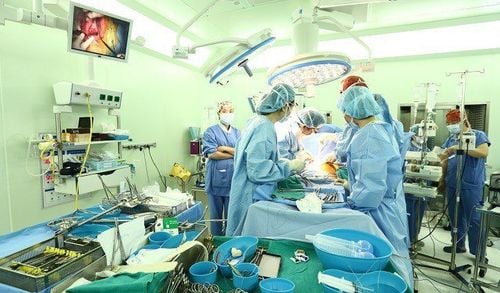This is an automatically translated article.
The article was professionally consulted by Specialist Doctor I Vo Thi Thuy Trang - Gastroenterologist, Department of Medical Examination & Internal Medicine - Vinmec Danang International Hospital.1. Signs of cirrhosis in the elderly
Under a certain agent that causes liver cells to be damaged continuously for a long time, the damaged cells will be replaced by scar tissue leading to cirrhosis. Fibrosis damage to the liver cannot be reversed, so if liver cells are continuously damaged and replaced by scar tissue, the remaining liver cells are not capable of performing the liver's function. In addition, these scar tissue will block blood flow to the liver, which also causes liver dysfunction.When liver function declines will cause a variety of signs. Some of the more common symptoms in the elderly include:
Edema : Elderly patients have a high prevalence of edema around 85%. Often the cause of edema is decreased blood albumin synthesis, which reduces oncotic pressure, so fluid in the vascular lumen is pushed out into the interstitial tissue, causing edema. Jaundice: Older people with cirrhosis often have symptoms of jaundice. Due to impaired liver function, the ability to metabolize bilirubin is less, causing indirect bilirubin accumulation, causing jaundice. Jaundice accompanied by itching. Peritoneal effusion: Old age cirrhosis of the liver, the rate of peritoneal effusion is nearly 90%. In addition, there may be other signs such as poor appetite, fatigue, itching, drowsiness...

2. Causes of cirrhosis
There are many causes of cirrhosis in the elderly, some common causes include:Viral: In which hepatitis B and C viruses are the two main causes of cirrhosis. Due to drinking a lot of alcohol. Having some immune diseases Long-term blood stasis in the liver, seen in some diseases such as heart failure, superior vena cava occlusion. Protracted cholestasis. Due to some toxic chemicals, accumulation of iron and copper in the body. Medications: Some long-term medications can lead to cirrhosis, such as methotrexate or isoniazid. Severe non-alcoholic fatty liver condition. Progression of the condition, which usually lasts 10 to 20 years, can lead to cirrhosis.
3. Is cirrhosis in the elderly dangerous?
Cirrhosis is not only dangerous for young people but also very dangerous for the elderly.In the elderly, cirrhosis is even more dangerous because the elderly's body has less resistance. Therefore, cirrhosis complications in the elderly often appear very early, this is a factor contributing to an increased risk of death if the patient is not treated early at an early stage.

In general, the later cirrhosis is detected in the elderly, the more serious the condition will be. Early detection is very important in treatment, prognosis and helps to limit the risk of dangerous complications. For the elderly, periodic health checks help to detect diseases early that may not have obvious clinical signs, thereby planning treatment and early disease control.
4. Complications of cirrhosis in the elderly
Complications of cirrhosis in the elderly may be encountered such as:Upper gastrointestinal bleeding due to esophageal varices: This is a common complication that can be encountered in all cirrhosis patients. But this condition is more common in the elderly. This complication causes symptoms of vomiting blood, passing black stools. Patients who lose a lot of blood are at risk of life-threatening. Hepatic coma: The cirrhosis of the liver does not guarantee the function of eliminating toxins in the body. Therefore, in the case of severe cirrhosis, toxins that are harmful to the body due to metabolism and enter the intestines into the blood accumulate in the brain, causing hepatic encephalopathy with symptoms such as impaired consciousness to hepatic coma. . This condition is very dangerous and requires emergency treatment. Liver cancer: Cirrhosis can lead to liver cancer. If it leads to this complication, it will be extremely dangerous to the health and life of the elderly. Liver cancer not only causes damage, causes mental fatigue, makes patients increasingly exhausted, tired...

Please dial HOTLINE for more information or register for an appointment HERE. Download MyVinmec app to make appointments faster and to manage your bookings easily.














